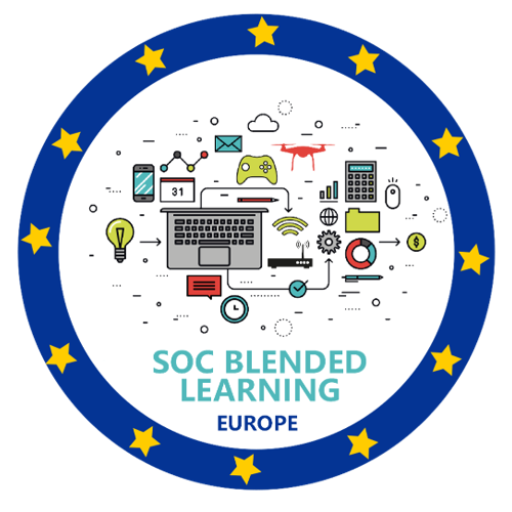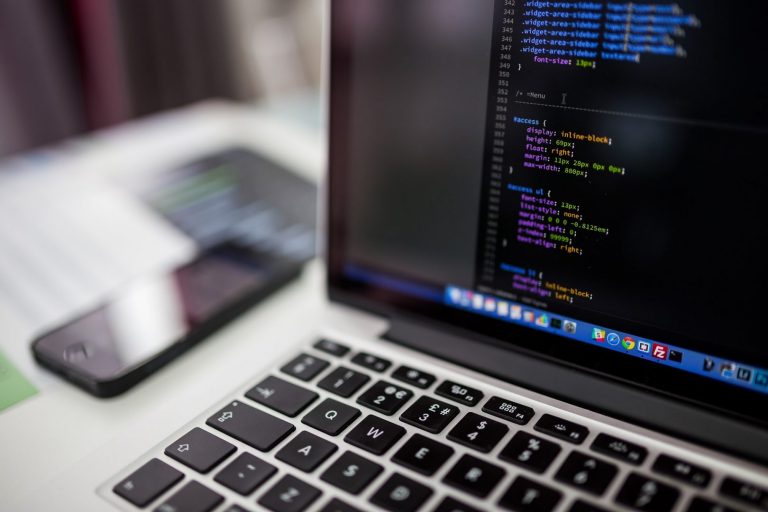Our lives have been revolutionised by technology and now more than ever, embracing it is vital. Today, our children have access to the internet from a very young age. This contact opens an entirely new world of opportunities, communication, and learning. Jobs have changed with the world and there are careers available now that would only have been dreamt of ten years ago. Learning how to code is one of the many ways parents can help children prepare for the future, and the programming language Scratch is a great place to start.
Developed and maintained by the MIT Media Lab, Scratch is a programming language and an online community that enables children to programme. They gain knowledge about coding concepts first and foremost. With their newfound knowledge, children can then embrace coding and create interactive games, stories and animations which can be share and enjoyed again and again. Learning how to code encourages creativity, collaboration, and improves reasoning and communication skills.
The great thing about Scratch is that it is user-friendly and isn’t a text-based programming language. Due to this, it is perfect for children who are not yet able to memorise complex code or have confidence with a keyboard. Scratch uses block based coding which works like virtual Lego, making it both accessible but also exciting for children who use it. Due to its efficiency and effectiveness, Scratch is a great stepping-stone to the world of programming and coding. Many schools in the UK have embraced Scratch in their curriculum because it can be accessed at both home and school. Plus, it is free!
Scratch is a great platform that prepares children so that they can progress to text-based languages like HTML and CSS once they are ready.

Scratch Offline vs Online
Scratch is available in online and offline versions, Scratch Online is accessible through an internet browser, while the offline editor can be downloaded and then used without the need for internet. Both versions have their pros and cons. The online version of Scratch does not require software installation, which means it is easily accessible from any computer and therefore, perfect for use on the school’s network. However, the online version of Scratch requires a reliable Internet connection necessary for saving work. To save their work online, users need a Scratch community account. Without an account, work can still be saved, either to a USB, or as a local file on the PC.
In contrast, the offline version of Scratch – also known as “Scratch Desktop” – has to be downloaded and then installed locally. This version has all of the same features of Scratch online, but is arguable more accessible due to its offline features. It also requires local storage for saving work. The offline version requires periodic updates if you wish to remain current with the latest version.
Tutorials
Scratch tutorials can be found easily and readily online. YouTube is a great place to start, with tutorials for the most basic introductions right up to ones for the more complex games that can be made. Looking through these tutorials with children can be a great exercise in bonding, whilst allowing for creativity and knowledge to blossom.
Once they have mastered the basics of Scratch, the possibilities for what children can create are almost endless. Imaginations can run wild as they create, all while learning the valuable lesson that is coding.
Scratch Account
Having a Scratch account enables you to share creative projects with the online Scratch community, and more importantly, it allows you to save your work online. However, it is not necessary to have a user account to use Scratch online or offline editors.
The main point is to have fun. Child or adult, novice or expert, Scratch can be a fun and educational release for all and it is a brilliant pathway to a career in computer programming.



